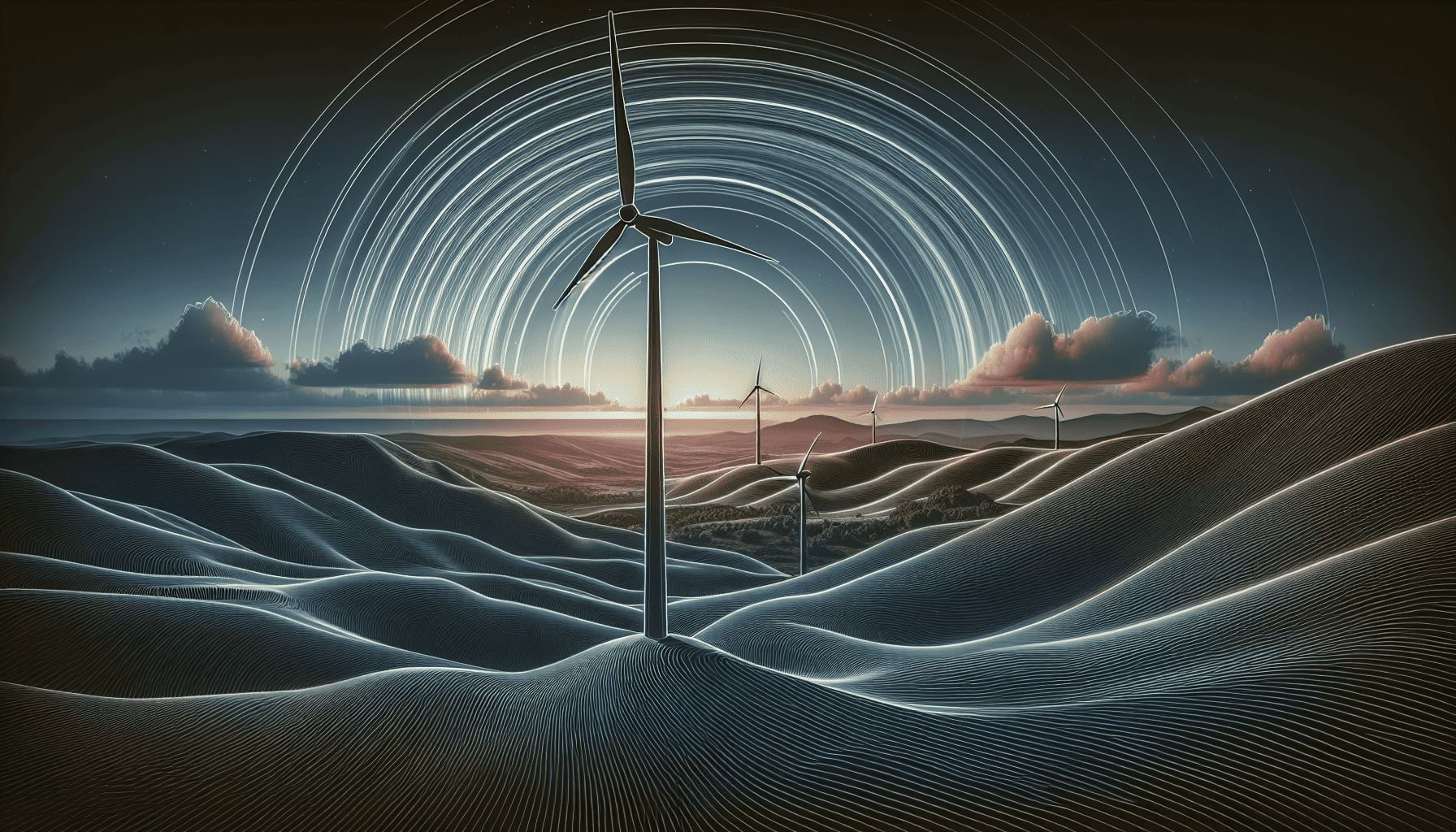Wind energy has long been heralded as a pivotal component in the transition to renewable energy, offering a cleaner alternative to fossil fuels. Recent innovations in wind turbine technology have significantly boosted energy output, efficiency, and reliability, positioning wind power as a formidable force in the energy sector.
One of the most remarkable advancements is the development of larger and more efficient wind turbines. Traditionally, the size and height of turbines were limited by technological and material constraints. However, modern engineering breakthroughs have paved the way for the production of turbines with blades longer than a football field. These massive structures can capture wind at higher altitudes, where it tends to be stronger and more consistent, thus generating more power.
Furthermore, the design of turbine blades has undergone significant improvements. Engineers have adopted biomimicry strategies, drawing inspiration from nature to optimize blade shapes. For instance, blades now often feature serrated edges, similar to those found on owl wings, which reduce noise and improve aerodynamics. Additionally, the use of advanced materials, such as carbon fiber composites, has reduced weight while enhancing strength and durability.
In addition to physical enhancements, digital technology has played a crucial role in optimizing wind energy output. The integration of smart sensors and analytics allows operators to monitor performance in real-time, predicting maintenance needs and maximizing efficiency. Machine learning algorithms are employed to refine performance by adjusting rotor angles and speeds based on wind patterns, further increasing energy capture.
Offshore wind farms are also experiencing significant technological progress. The challenges of deep-water installations are being met with innovative solutions such as floating wind turbines, which are anchored rather than fixed to the seabed. This approach allows access to deeper and more remote waters where winds are stronger and more reliable, considerably amplifying energy production potential.
Energy storage solutions are another critical area of development. With wind being an intermittent source of energy, the ability to store excess power during peak production times is vital. Cutting-edge battery technologies, such as solid-state batteries, are being integrated into wind energy systems, ensuring consistent electricity supply even when wind conditions are not optimal.
These innovations have substantial implications for the future of global energy production. As wind power becomes increasingly efficient and cost-effective, it is positioned to play a critical role in reducing carbon emissions and mitigating the impacts of climate change. Nations worldwide are recognizing the potential and investing heavily in wind energy infrastructure, incentivizing further research and development in this evolving field.
In conclusion, the wind energy sector is undergoing a transformative period, driven by technological innovations that enhance energy output and system efficiency. With continuous advancements, wind power is set to become an even more reliable and sustainable energy source, accelerating the global shift towards a cleaner future.
